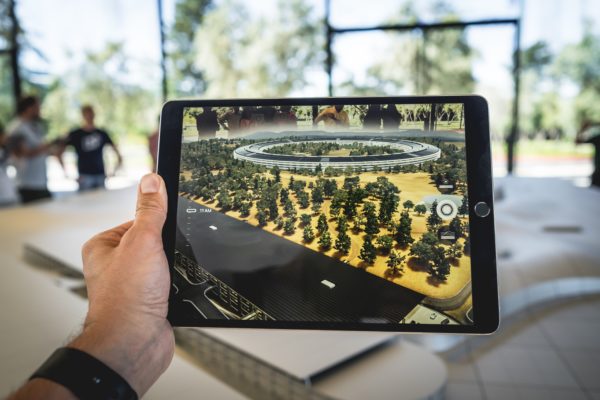Australian-first technology is now being utilised to support frontline police.
Researchers from Deakin University’s Institute for Intelligent Systems Research and Innovation (IISRI), in collaboration with the Queensland Police Service, have created the Titan series of robots to enhance the strategic capabilities of police operations – and increase safety measures for the community and frontline officers.
[testimonial_text]There is potential for this technology to be adopted by other states around Australia as there is already significant interest in an Australian-designed, developed and manufactured robot system. The Titan really is a step change in capability. It enables police to rapidly deploy the eyes and ears of a robot into a dangerous situation. We see a strong benefit to creating an indigenous robot design and manufacturing capability in Australia. This is something we haven’t seen since the mid-1980s. For the Titan program in particular we encouraged a couple of top undergraduate students to get involved. IISRI provided guidance and mentorship, and those students have made quite valuable contributions. They will soon be the next generation of robotics engineers.[/testimonial_text]
[testimonial_picture name=”Associate Professor James Mullins” details=”IISRI”]
 [/testimonial_picture]
[/testimonial_picture]Smaller models from early iterations of the OzBot series are already being used by police negotiators across Queensland. The latest prototype is set to improve the safety of frontline police officers entering hostile situations. It can also be used for delivering and collecting equipment, as well as rescuing people from hostage or other unsafe situations.
The Queensland Police Commissioner, Mr Ian Stewart, said that the technical surveillance unit from Queensland’s Special Emergency Response Team (SERT) approached IISRI in 2013 when they found there were no commercially available robots to complete the heavy tasks required.
“In 2011, the prototype was built by specialist police. It was designed to be operated remotely to simply force entry to barricaded buildings, thus protecting officers. The most recent, upgraded model was received by our SERT team in January this year. It has not just equipped officers to force doors and windows using a remotely-controlled, steady mechanical force, but has also provided the remote capability and size to pull victims from harm’s way,” Commissioner Stewart said.
“The OzBot Titan can outmanoeuvre, outrun and outmuscle any of the in-service imported robots used by police today. It has been designed to be easily controlled and repaired, so much so that other countries are starting to look at using the platform as well,” added Associate Professor James Mullins.
Shaped like a small tank and fitted with lights, cameras, microphones and claws, the robot can travel at speeds over 10 km/h, lift its own weight (300kg) and navigate rough terrain.
The OzBot Titan was deployed for the first time recently, assisting the SERT team to intervene at a backyard siege in the Brisbane-suburb of Eagleby, where a man was armed with a gun.
The Police Minister for Queensland, Hon Mark Ryan, said that the ability to observe potentially dangerous situations via remote camera functions, or deliver and retrieve items from a safe position were invaluable functions.
“The Queensland Police Service (QPS) and Deakin University are nationally leading this use of force option in software and engineering development. The commitment to community and officer safety is evident in the joint force which is the QPS SERT team and Deakin University, in conjunction with the (QLD) Palaszczuk Government,” Minister Ryan said.
Associate Professor James Mullins added that the collaboration with QPS would continue indefinitely as both organisations are benefiting from the relationship, with a number of new and novel products and technologies being developed.
Read in the media:
• ABC News
• Courier Mail
This article was published by Deakin Research on 20 March 2017.



